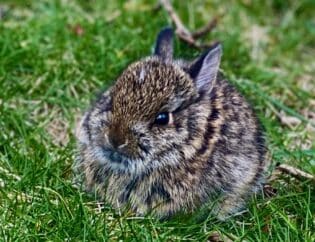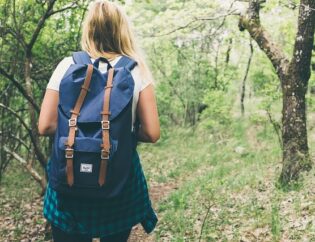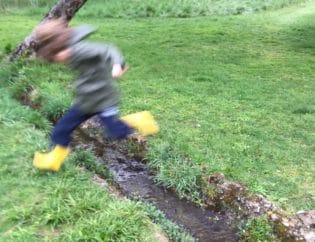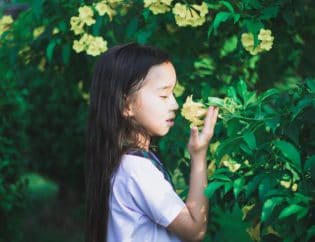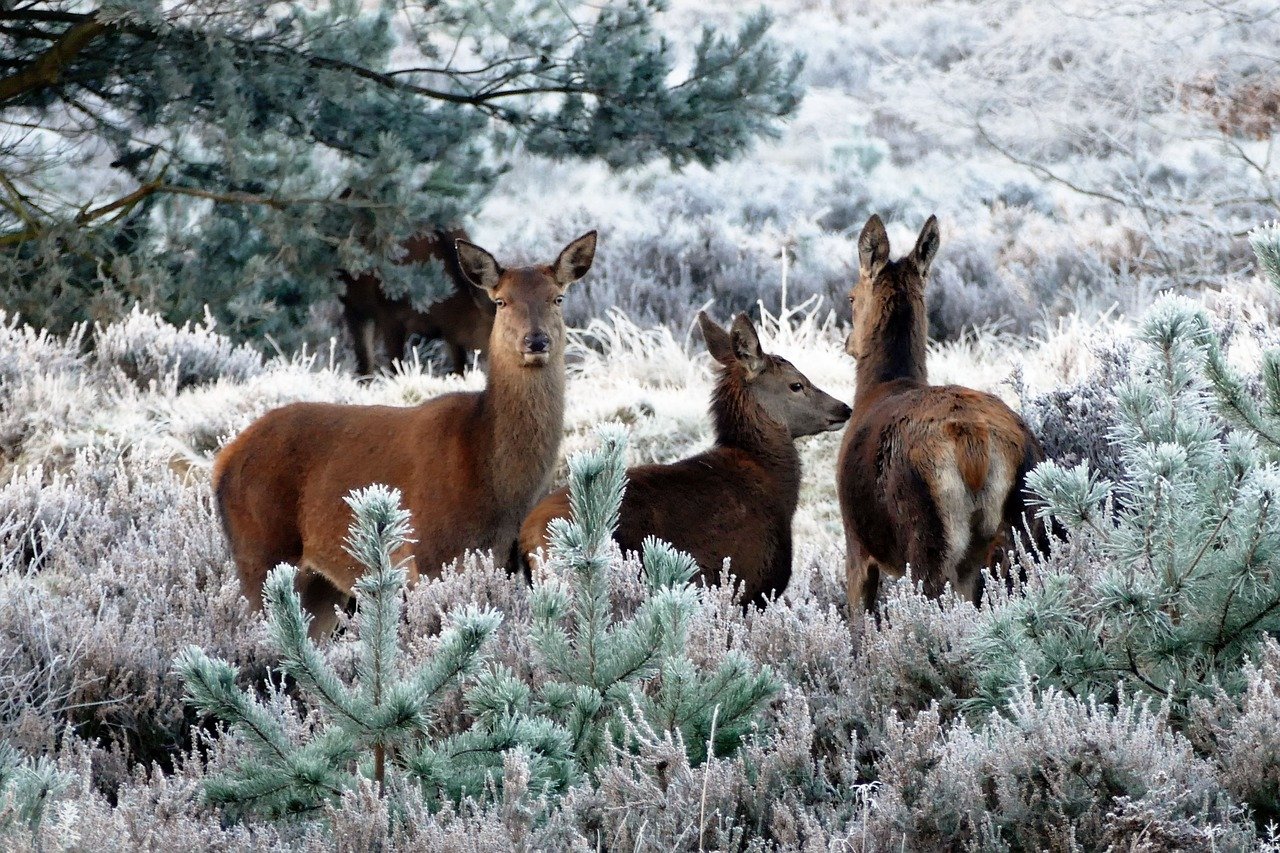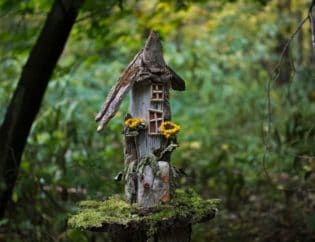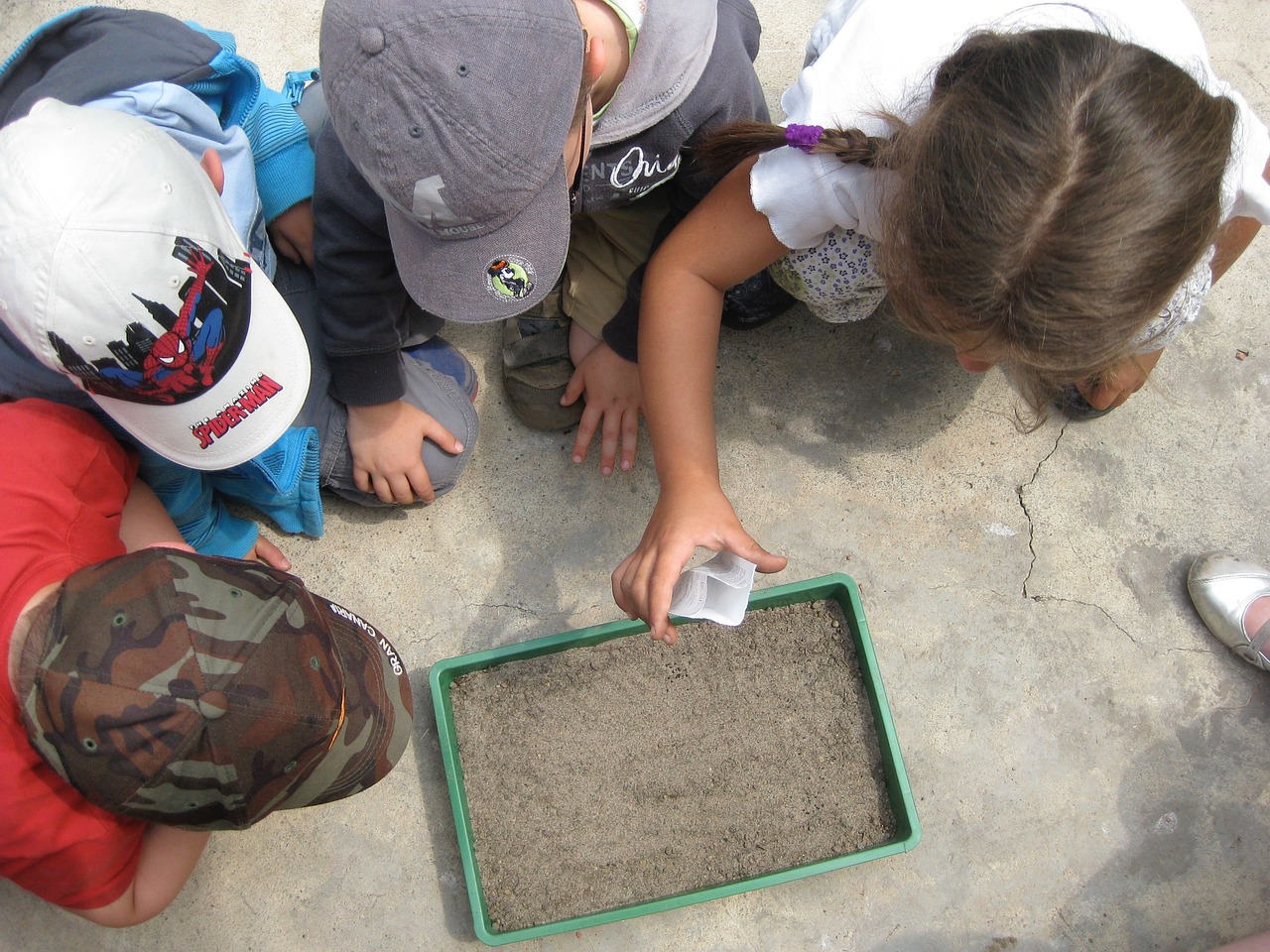
Today, parents and teachers are more aware of the positive influences that playing in nature has on children’s health. Unfortunately, outdoor education is not necessarily accessible or available to most children, particularly children past the early education years (which includes pre K through third grade).
Yet researchers have found that it takes just an hour or two of outdoor learning every week to engage children, improve their well-being and increase educators’ job satisfaction.
We say take matters into your own hands. Whether you’re a parent, teacher or homeschooling parent, you can still see to it that the kids in your care get outdoor learning time in. It might not be every day. It might be every other day or mainly on weekends. And it doesn’t have to be complicated.
We’ve pulled together this list of Nature School Hacks we borrowed from forest and nature school playbooks for you to use. These are everyday activities you can do with your kids in just 20 minutes after school or maybe for an hour on weekends. They’re easy. They’re fun. And they’re small changes that you can make in your daily or weekly routine.
Childhood by Nature's List of Nature School Hacks
Adopt a Sit Spot
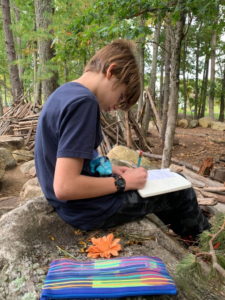 One of the best ways to tune into the natural world is by spending time outdoors sitting in quiet awareness. A Sit Spot is a technique used at many forest and nature schools that allows a child to choose a place outdoors that appeals to them. They will visit that spot repeatedly to observe the natural world. It’s important that the Sit Spot is one chosen by the child and that it is free of dangers (such as anthills, dangerous heights etc), relatively comfortable (this is the outdoors after all) and preferably shaded. As the child visits the same place in nature many times, they eventually develop a relationship with nature. They notice the changes in the surroundings in all types of weather, times of day, different seasons. The Sit Spot is an excellent place for reading, nature journaling, nature sketching or just contemplation.
One of the best ways to tune into the natural world is by spending time outdoors sitting in quiet awareness. A Sit Spot is a technique used at many forest and nature schools that allows a child to choose a place outdoors that appeals to them. They will visit that spot repeatedly to observe the natural world. It’s important that the Sit Spot is one chosen by the child and that it is free of dangers (such as anthills, dangerous heights etc), relatively comfortable (this is the outdoors after all) and preferably shaded. As the child visits the same place in nature many times, they eventually develop a relationship with nature. They notice the changes in the surroundings in all types of weather, times of day, different seasons. The Sit Spot is an excellent place for reading, nature journaling, nature sketching or just contemplation.
Your child can sit in their Sit Spot for anywhere from 15 minutes to one hour, depending on their age and comfort level outdoors. Many children today will have a difficult time sitting in one place for longer than a few minutes. That's normal and this is exactly why they need a Sit Spot! Have them start out by doing an activity in the Sit Spot and then gradually work up to longer periods of time and stretches of quiet contemplation.
See the Outdoors as Your Art Supply Closet
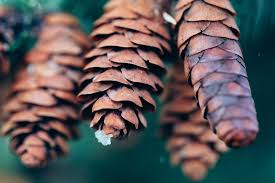 Pinecones, leaves, sticks, acorns...a tour on Instagram of #natureart will reveal nearly infinite possibilities of ideas using these supplies. If you have a task-oriented child, put them to work at collecting art supplies for a nature project that they help choose. Seeing the outside world as a free supply closet will not only help them adopt a view of the outdoors as a fun place but it will help their creative juices flow as they see more possibilities for nature crafts.
Pinecones, leaves, sticks, acorns...a tour on Instagram of #natureart will reveal nearly infinite possibilities of ideas using these supplies. If you have a task-oriented child, put them to work at collecting art supplies for a nature project that they help choose. Seeing the outside world as a free supply closet will not only help them adopt a view of the outdoors as a fun place but it will help their creative juices flow as they see more possibilities for nature crafts.
Make Plein-Air Art
 Nature is the ultimate art subject. It doesn't complain, is always available and adds interest as it varies with time of day, season, year. Nature sketching is an ideal way for your child to explore the outside world and develop their artistic abilities at the same time. It’s also an excellent way to help your child improve their observational skills, engage their senses and connect more deeply with nature.
Nature is the ultimate art subject. It doesn't complain, is always available and adds interest as it varies with time of day, season, year. Nature sketching is an ideal way for your child to explore the outside world and develop their artistic abilities at the same time. It’s also an excellent way to help your child improve their observational skills, engage their senses and connect more deeply with nature.
All you need to start your child on nature sketching is a sketchbook, pencils and maybe a folding stool, though a Sit Spot works well too. There are numerous resources for getting started. Check out this starter guide from Audubon.
Make Mandalas
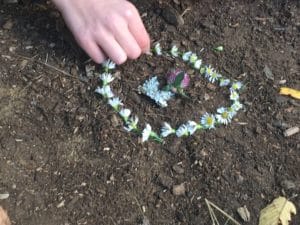 One of the reasons we enjoy making mandalas with children is because of their ephemeral nature. Like most nature art, ephemeral nature art can teach your child that not everything we value has to be material. Not everything we create has to be taken home or even returned to. The process of making art is fulfilling enough to be the focus at times. Creating ephemeral art teaches kids about the impermanence of life. The mandala is more than an image seen with our eyes. It is an actual moment in time.
One of the reasons we enjoy making mandalas with children is because of their ephemeral nature. Like most nature art, ephemeral nature art can teach your child that not everything we value has to be material. Not everything we create has to be taken home or even returned to. The process of making art is fulfilling enough to be the focus at times. Creating ephemeral art teaches kids about the impermanence of life. The mandala is more than an image seen with our eyes. It is an actual moment in time.
Go on a Nature Scavenger Hunt
 Scavenger hunts are very simple activities and need virtually no prep work or materials. You can keep it simple and virtually unguided or you can get creative and take it up a few notches! Setting kids off on a scavenger hunt in nature can really make the outdoors come alive for them. Being on the “hunt” for signs of nature will help develop a child’s nature observation skills and deepen their connection to and comfort level with the outdoors.
Scavenger hunts are very simple activities and need virtually no prep work or materials. You can keep it simple and virtually unguided or you can get creative and take it up a few notches! Setting kids off on a scavenger hunt in nature can really make the outdoors come alive for them. Being on the “hunt” for signs of nature will help develop a child’s nature observation skills and deepen their connection to and comfort level with the outdoors.
Keep a Nature Journal
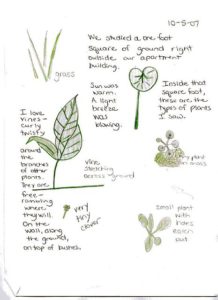 Many nature schools encourage kids to make and keep a nature journal to record their observations, experiences, and thoughts about nature. Like most nature-based activities, nature journaling is a flexible activity— there is not one way to do it. Your child can use the journal as a technical tool to study the natural world, sketching what they see in nature, labeling them as necessary, and possibly doing further research at home to ID scientific names and add facts about the species. Or perhaps they would like to develop a deeper relationship with the natural world by expressing their feelings in poetry or abstract drawings. Whatever their preference, the important thing is that the nature journal expressed their individuality and, most of all, is fun for them! If the child doesn’t like to draw they can paste pictures. If the child doesn’t want anyone to read it, that should be respected. Just remember to take the nature journal along anytime you head outdoors! Buy a nature journal online or have your child make one on their own.
Many nature schools encourage kids to make and keep a nature journal to record their observations, experiences, and thoughts about nature. Like most nature-based activities, nature journaling is a flexible activity— there is not one way to do it. Your child can use the journal as a technical tool to study the natural world, sketching what they see in nature, labeling them as necessary, and possibly doing further research at home to ID scientific names and add facts about the species. Or perhaps they would like to develop a deeper relationship with the natural world by expressing their feelings in poetry or abstract drawings. Whatever their preference, the important thing is that the nature journal expressed their individuality and, most of all, is fun for them! If the child doesn’t like to draw they can paste pictures. If the child doesn’t want anyone to read it, that should be respected. Just remember to take the nature journal along anytime you head outdoors! Buy a nature journal online or have your child make one on their own.
Make Forts & Dens
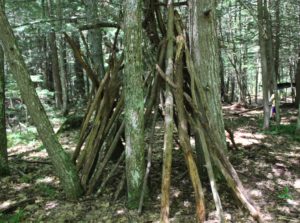 If you’ve seen images of forest schools online, chances are you’ve seen kids making stick forts or dens. These child-made structures seem to be a prerequisite for any forest school group and, with good reason! It turns out that building forts, hideouts, and playhouses are part of the way that kids learn. David Sobel, a leading expert on children's play, describes fort-building as a universal drive that’s rooted in kids’ healthy development. Have a look at our piece on how & why to have your kids build a stick fort here.
If you’ve seen images of forest schools online, chances are you’ve seen kids making stick forts or dens. These child-made structures seem to be a prerequisite for any forest school group and, with good reason! It turns out that building forts, hideouts, and playhouses are part of the way that kids learn. David Sobel, a leading expert on children's play, describes fort-building as a universal drive that’s rooted in kids’ healthy development. Have a look at our piece on how & why to have your kids build a stick fort here.
Be Ready at all Times
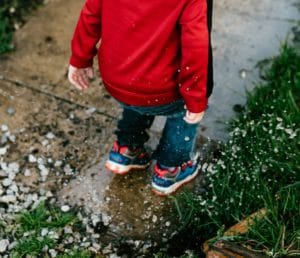 Good nature schools are always prepared for all types of weather. So that some drizzle doesn’t tempt you to stay indoors and flick on the screens, make sure that you keep a stash of messy clothes on hand, ready for muddly days. Have a backpack or bag of nature supplies ready to go. Fill the bag with binoculars, magnifying glass, sketchbook, pencil, specimen jar, field guides. If you are serious about heading out in all weather, invest in a tarp, rain gear.
Good nature schools are always prepared for all types of weather. So that some drizzle doesn’t tempt you to stay indoors and flick on the screens, make sure that you keep a stash of messy clothes on hand, ready for muddly days. Have a backpack or bag of nature supplies ready to go. Fill the bag with binoculars, magnifying glass, sketchbook, pencil, specimen jar, field guides. If you are serious about heading out in all weather, invest in a tarp, rain gear.


